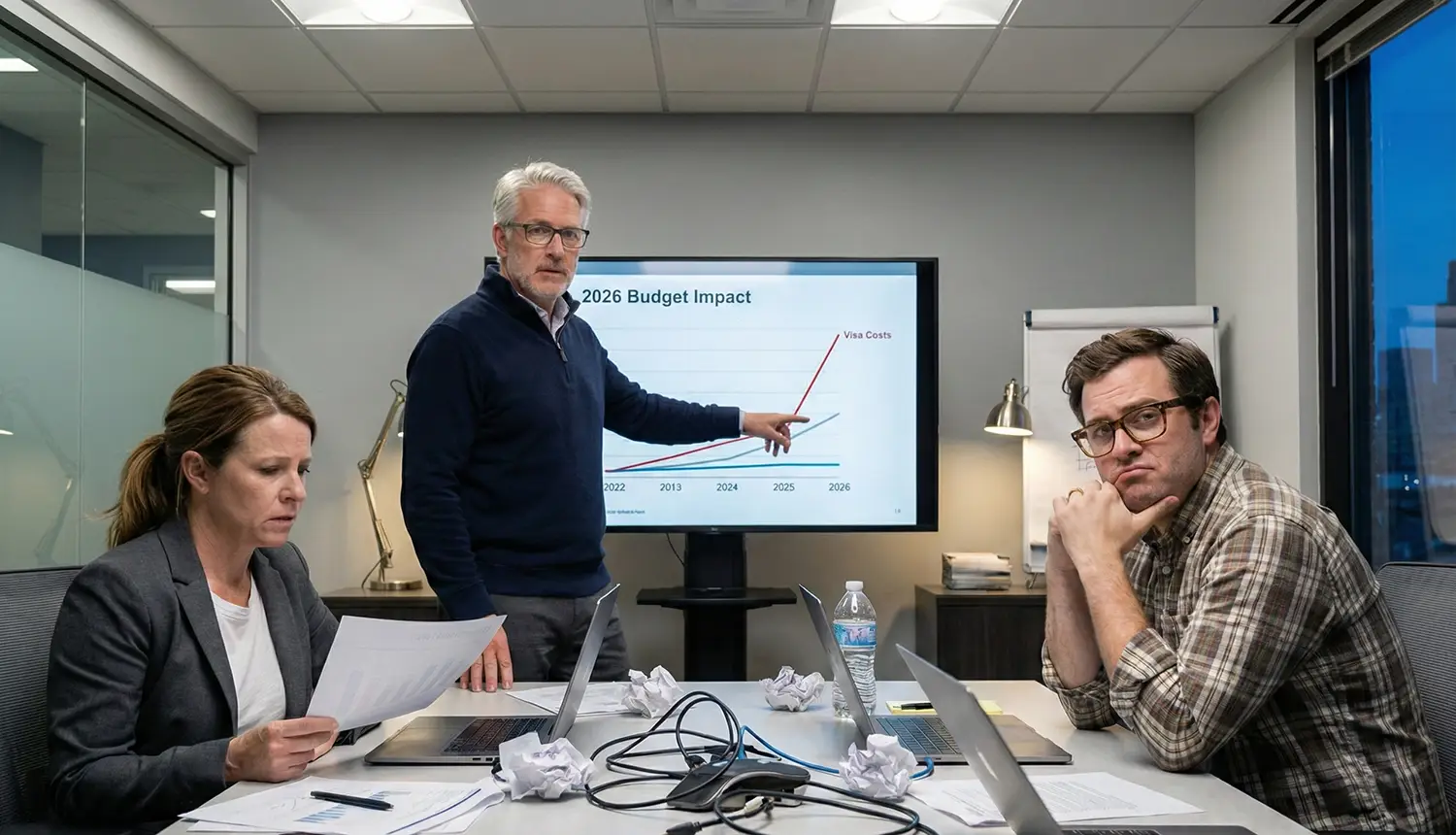In this article
- Digital Transformation is more than just technology
- Why Digital Transformation is not a one size fits all approach
- Why considering the semantics of your field and organization contributes to a fluid digital transformation process
- How to allocate ownership of DT resources within your organization
With many companies looking to enhance their digital infrastructure and processes through Digital Transformation, it’s important to keep in mind that Digital Transformation is more than just using technologies as a means to an end. Digital Transformation can equip your organization with optimal digital processes, but it doesn’t start and end with changing your technology stacks, automating reports, or switching technologies.
Digital Transformation is not transforming technological processes for the sake of it. It’s important to avoid the assumption that changing the way you implement things automatically makes you digitally transformed and instantly leads to more revenue growth and efficiency in use of resources. Technology is simply the avenue you take to get to your destination. Having a good understanding of the semantics of your organization – the meaning and purpose behind your assets and processes crucial for generating valuable, actionable insights, as well as those of the industries in which it’s involved – will help you understand your transformational needs.
Digital Transformation is not a one size fits all approach. Honing in on the semantics means knowing your organization’s material concerns and the clients you interact with. Your goals, needs, and limitations are not going to be the same as your neighbor’s. If you take a generic approach to Digital Transformation, you might end up spending a lot of time and money on infrastructure that your organization does not need, or end up with key assets in a format that requires significant additional work to be useful to your organization.
Furthermore, a transformational service that makes sense for one part of your organization might not make sense for another part. Looking at the initiative department by department, effort by effort, or goal by goal will yield different Digital Transformation stacks that are better suited for the unique needs of each department, while still allowing for coherence and homogeneity in terms of good organization-wide practices. For example, data scientists might handle machine learning tasks, other departments may be primarily concerned with data access and archiving, while still others are concerned with data ingestion. Decentralizing ownership of assets requires you to think about how and across which axes to divide workloads and who gets ownership of which resources, all of which necessitates a corporate cultural mindset change.
When considering which Digital Transformation approach is correct for you, the health of the collective will help you answer vital questions such as: How does your company think about technology? How does your company organize their data? How does your company access data? How do you want to engage with the data? What insights are you trying to get from the data? Leverage and consult the expertise of the people on the ground level, and then drive that insight up towards higher level decision-makers that are going to be driving the transformation processes. Ownership over these data resources and the orchestration of key processes should be in the hands of the people who know the most about it in order to avoid implementing generic solutions that will not benefit your organization and could be a net negative.
Your Digital Transformation initiatives are going to be their own puzzle piece shape, filling the gap in the overall picture of your company in a way that’s unique to your business. If you look at Digital Transformation technologies without evaluating how they fit into your company, you’re going to be misguided on decisions that in the end don’t fit your company or your goals. If you divvy up transformational services by teams, identify the questions you want answered as an organization, and consult the experts working hands-on with the data, you can position yourself for long-term success for your Digital Transformation initiatives.
In Conclusion
If you have questions or comments about accelerating your Digital Transformation process, or would like to speak with one of our experts directly about Digital Transformation, please fill out the form and we will respond.
About Sergio Morales Esquivel
Sergio Morales Esquivel is the Global Analytics Technology Strategist at Growth Acceleration Partners, and a professor at the analytics post-graduate program at Cenfotec University. Sergio is part of the Data Analytics Center of Excellence at GAP, where he directs efforts to design and implement solutions to complex data-related problems. Sergio holds a B.S. in Computer Engineering and an M.S. in Computer Science from Tecnológico de Costa Rica. Outside of work, he enjoys traveling, making games and spreading the love for open software and hardware. You can connect with Sergio on his website or LinkedIn, or send him an email.



